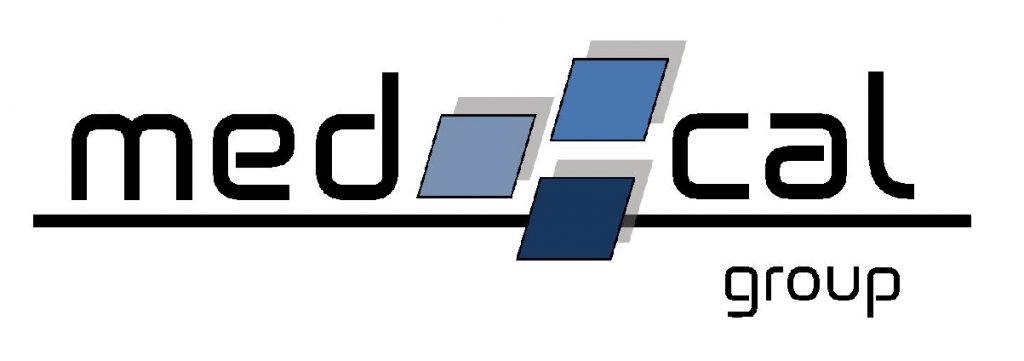
Medical records and papers can’t be simply done by anyone. People who process these papers need to have proper training and the right skill set for the job. This is mostly because they also need to have knowledge on the right medical coding terms.
These medical coding terms are standards in healthcare. It helps people within the medical and insurance fields understand diagnoses and treatments of every patient.
Other healthcare providers even require medical call center agents to be knowledgeable on certain medical coding terms. This is because it can help them in assisting their patients better via phone. If you’re someone training to be a medical coder, or someone who needs to know about medical coding terms, these are the top things you should know.
What is Medical Coding?
It is the practice of using shorthand alphanumeric codes that represent every aspect of healthcare. Medical coding works much like a translation for medical practitioners to be able to quickly identify diagnoses, conditions, prescriptions, and all medical-related language at a glance.
Medical coders would take reports from physicians which will provide them with all the information about a patient’s condition, diagnosis, treatments and others. These records will be translated into codes to be submitted as part of a medical claim. These codes should be free from error which is crucial in achieving a clean claim.
Related: 5 Common Medical Billing & Coding Errors
Who Uses These Medical Coding Terms?
Medical coding terms are used by different people in the healthcare industry. These people are vital to ensure that procedures and processes go smoothly. These medical coding terms are most likely used by:
Medical coders
These people translate a patient’s medical records into a coded format. These translations help healthcare professionals and billing insurance understand and take in all information quickly. They make it easy for healthcare professionals to communicate with insurance providers. Without these medical coders translating codes, claims processing will be difficult and will take longer time.
Healthcare professionals
Physicians and surgeons need to have knowledge of these medical codes since they will be providing diagnosis and treatments to the patients. Medical coding terms provide vital information that translate any healthcare-related term into a language that can only be understood by people working in the medical field. This will also allow them to read diagnostics and procedures faster so they can act on treatments quickly.
Billing and insurance staff
Medical coding terms are initially created to improve the process of claims submission for insurance companies. Staff who are responsible for medical billings need to have fundamental knowledge and skills needed to identify errors in the code. They also apply these codes to the patient’s bill to be submitted to the patient and his/her insurance provider for collection.
3 Types Of Medical Coding Terms
Just like translating codes for systems to work on a computer, medical coding also has its own language types. These three are the most basic types of medical coding language:
ICD codes
An abbreviation for International Classification of Diseases, this medical code type are diagnostic codes that describe causes of every visit, may it be an injury, an illness, or death. Since the late 1940s, it has been updated a lot of times to adjust to the improvement of the healthcare industry and its systems.
To date, the tenth revision (ICD-10-CM) is currently being used in the US. Clinical modification or CM allows increasing the number of codes for diagnoses. It adds more codes per diagnosis to give coders more flexibility on the terms used, as well as it helps them to be more specific on the codes they use.
While ICD codes show a physician’s diagnosis, treatments, and patient’s condition, they are also used to determine medical necessity in billings. Some medical terms that uses ICD codes are the following:
- E-codes describe injuries that resulted from external factors rather than internal illnesses like car accidents, poisoning, or certain injuries.
- V-codes are used in case a patient received healthcare services for a specific reason like preventative care or monthly check ups instead of illnesses.
- NOS is also known as a ‘Not Otherwise Specified’ code, and is used if a healthcare professional can’t give a specific diagnosis for a patient. However, the doctor may still provide treatment based on the results.
- NEC means ‘Not Elsewhere Classifiable’ which can be used when there’s no code to classify a diagnosis.
- Dx is the short term for ‘Diagnosis Codes’, and is used in reporting a patient’s history or billing information.
CPT codes
CPT stands for Current Procedure Terminology which is a type of medical coding used to document all the medical procedures done. These codes are divided into three categories:
- Category I is a five-digit numeric coding that is divided into six ranges, namely: Evaluation and Management, Anesthesia, Surgery, Radiology, Pathology, Laboratory and Medicine.
- Category II is optional, but is used to correspond to how performance is measured. These are also composed of five-digit codes added to the end of Category I CPT.
- Category III pertains to all the medical technology used for the procedure and treatments.
- E/M Codes stand for evaluation and management which describes the healthcare professional’s evaluation of a patient’s treatment in order to manage their condition.
- Fee schedule are codes that provides the information on the cost of each treatment. This helps the billing staff to review billing information to make sure it’s accurate and error-free for the payers.
HCPCS codes
Healthcare Common Procedure Coding System (HCPCS) in medical and healthcare lingo is commonly pronounced as “hickpicks”. It is the official code that is set for outpatient hospital care and can include medications, drugs, and even Medicaid and Medicare.
This kind of coding type is divided into three levels.
- Level I HCPCS codes are CPT codes which pertain to the procedures, treatments and services performed by a healthcare provider to a patient.
- Level II is a set of alphanumeric codes that are separated into 17 sections based on area of specificity. It refers to codes that describe medical equipment, some medications and other out-patient services not found in the CPT system.
- Level III codes are specific to your location and are used to bill local insurance providers and entities.
HCPCS codes should correspond well with its diagnostic code in which the medical procedure is justified.
…
Medical coding terms are a lot to take in, especially if you’re a beginner or a medical call center agent in training. For healthcare providers, it can also be a challenge to look for people who have the right knowledge for it. However, medical coding should be dealt with the highest priority as it is vital in processing medical billings and ensuring that payments are collected on time.
Medical billings are essential to any healthcare business. If you need an extra helping hand to secure your medical billings, you can always trust MedCal’s expertise. We offer medical billing services perfect for any healthcare business, big or small. Send us a message to inquire!
References:
https://www.medicalbillingandcoding.org/learn-more-about-coding/
https://www.indeed.com/career-advice/career-development/medical-coding-terminology
https://www.abetteranswer.com/blog/important-skills-that-every-medical-call-center-agent-should-have

